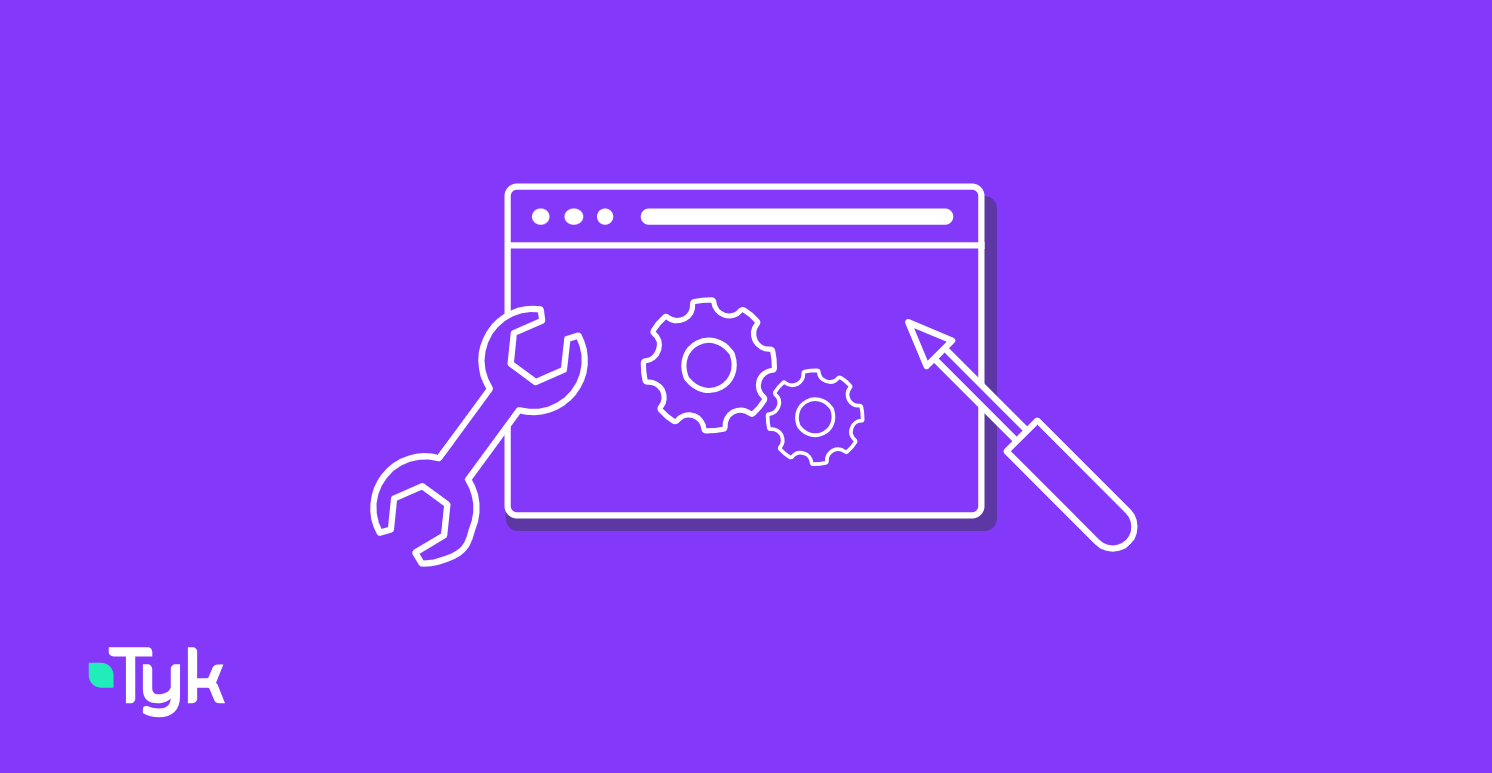
Serverless Orchestration: A Comprehensive Guide to Workflow Management
**Serverless Orchestration: Coordinating Workflows in Distributed Systems**
In the realm of distributed systems, serverless orchestration has emerged as a transformative paradigm for managing complex workflows. By leveraging the power of cloud computing, serverless orchestration enables developers to decompose applications into smaller, independent functions that can be executed on demand without the need for managing servers or infrastructure.
One of the key benefits of serverless orchestration is its ability to simplify the coordination of workflows. Traditional approaches to workflow management often involve complex orchestration engines or custom-built solutions, which can be time-consuming and error-prone. Serverless orchestration, on the other hand, provides a standardized and scalable platform for managing workflows, allowing developers to focus on business logic rather than infrastructure concerns.
Serverless orchestration platforms typically offer a range of features to facilitate workflow coordination. These features include event-driven triggers, which allow functions to be invoked based on specific events; message queues, which provide a reliable mechanism for communication between functions; and workflow definitions, which specify the sequence and dependencies of functions within a workflow.
By leveraging these features, developers can create complex workflows that can be executed in a distributed manner. For example, a workflow could involve processing data from a database, sending notifications to users, and updating a third-party system. Serverless orchestration ensures that these tasks are executed in the correct order and that any dependencies are handled seamlessly.
Another advantage of serverless orchestration is its cost-effectiveness. Unlike traditional approaches, which require dedicated servers and infrastructure, serverless orchestration only charges for the resources that are actually consumed. This pay-as-you-go model can significantly reduce the cost of running distributed systems, especially for applications with variable or unpredictable workloads.
Furthermore, serverless orchestration enhances scalability and resilience. By distributing workflows across multiple servers, serverless orchestration ensures that applications can handle increased load without compromising performance. Additionally, the fault tolerance mechanisms provided by serverless platforms ensure that workflows can continue to execute even if individual functions fail.
In conclusion, serverless orchestration offers a powerful and cost-effective solution for coordinating workflows in distributed systems. By leveraging the benefits of cloud computing, serverless orchestration simplifies workflow management, enhances scalability and resilience, and reduces infrastructure costs. As the adoption of distributed systems continues to grow, serverless orchestration is poised to play an increasingly important role in the development and deployment of modern applications.
Optimizing Serverless Orchestration for Scalability and Efficiency
**Serverless Orchestration: Optimizing Scalability and Efficiency**
Serverless orchestration plays a pivotal role in coordinating workflows within distributed systems. By leveraging serverless functions, developers can decompose complex tasks into smaller, independent units, enabling greater scalability and efficiency. However, optimizing serverless orchestration requires careful consideration of several key factors.
**Scalability**
To ensure scalability, it is crucial to design workflows that can handle varying workloads. This involves using autoscaling mechanisms to dynamically adjust the number of function instances based on demand. Additionally, implementing load balancing techniques can distribute traffic evenly across multiple instances, preventing bottlenecks.
**Efficiency**
Optimizing efficiency in serverless orchestration involves minimizing latency and resource consumption. Cold starts, where functions take longer to initialize, can significantly impact performance. To mitigate this, techniques such as function warming and pre-instantiation can be employed. Furthermore, optimizing function code and reducing unnecessary dependencies can improve execution efficiency.
**Event-Driven Architecture**
Serverless orchestration often relies on event-driven architectures, where functions are triggered by specific events. To ensure reliability, it is essential to implement robust event handling mechanisms, including retry logic and dead letter queues. Additionally, using message queues or pub-sub systems can decouple functions and improve fault tolerance.
**Monitoring and Observability**
Effective monitoring and observability are crucial for optimizing serverless orchestration. By tracking metrics such as function execution time, errors, and resource utilization, developers can identify performance bottlenecks and make informed decisions. Logging and tracing tools provide valuable insights into function behavior and help troubleshoot issues.
**Cost Optimization**
Serverless pricing models charge based on function execution time and resource consumption. To optimize costs, it is important to use efficient function code, avoid unnecessary invocations, and consider using cost-saving features such as function concurrency limits. Additionally, exploring serverless platforms that offer tiered pricing or discounts for bulk usage can further reduce expenses.
**Conclusion**
Optimizing serverless orchestration for scalability and efficiency requires a holistic approach that encompasses design, implementation, and monitoring. By leveraging autoscaling, load balancing, and event-driven architectures, developers can create scalable and efficient workflows. Additionally, optimizing function code, implementing robust event handling, and utilizing monitoring and observability tools ensure reliable and cost-effective serverless orchestration.
Case Studies in Serverless Orchestration: Real-World Applications and Benefits
**Serverless Orchestration: Coordinating Workflows in Distributed Systems**
Serverless orchestration plays a pivotal role in coordinating complex workflows within distributed systems. By leveraging serverless functions, developers can decompose tasks into smaller, manageable units, enabling efficient and scalable execution. This article explores real-world applications and benefits of serverless orchestration, showcasing its transformative impact on modern software development.
One notable example is the use of serverless orchestration in e-commerce platforms. When a customer places an order, a series of tasks must be executed, including inventory verification, payment processing, and order fulfillment. Serverless orchestration allows these tasks to be broken down into individual functions, which can be triggered and executed independently. This approach ensures that each task is handled efficiently, reducing latency and improving overall performance.
Another application of serverless orchestration is in data processing pipelines. Large-scale data analysis often involves multiple stages, such as data ingestion, transformation, and analysis. Serverless orchestration enables the creation of data pipelines that can be easily scaled and managed. By breaking down the pipeline into smaller functions, developers can optimize each stage independently, ensuring efficient and reliable data processing.
Furthermore, serverless orchestration offers significant benefits in terms of cost optimization. By eliminating the need for dedicated servers, organizations can reduce infrastructure costs and only pay for the resources they consume. This pay-as-you-go model allows for flexible scaling, enabling businesses to adapt to changing workloads without incurring unnecessary expenses.
In addition to cost savings, serverless orchestration also enhances developer productivity. By providing a serverless platform, developers can focus on writing code without worrying about infrastructure management. This simplifies the development process, allowing teams to deliver applications faster and with greater efficiency.
Moreover, serverless orchestration improves application resilience and reliability. By distributing tasks across multiple functions, the system becomes less susceptible to single points of failure. If one function fails, the others can continue to execute, ensuring that the overall workflow is not disrupted. This fault tolerance is crucial for mission-critical applications that require high availability.
In conclusion, serverless orchestration has revolutionized the way workflows are coordinated in distributed systems. By leveraging serverless functions, organizations can achieve greater efficiency, scalability, cost optimization, developer productivity, and application resilience. As serverless technologies continue to evolve, we can expect even more innovative and transformative applications of serverless orchestration in the future.







